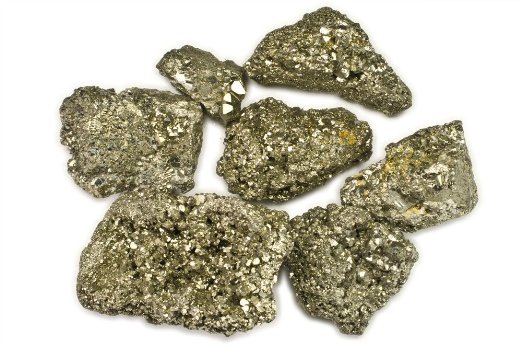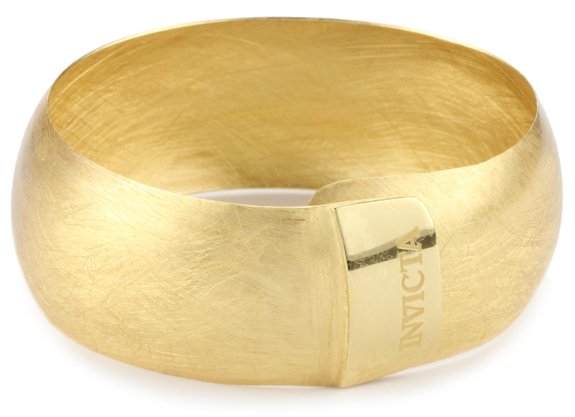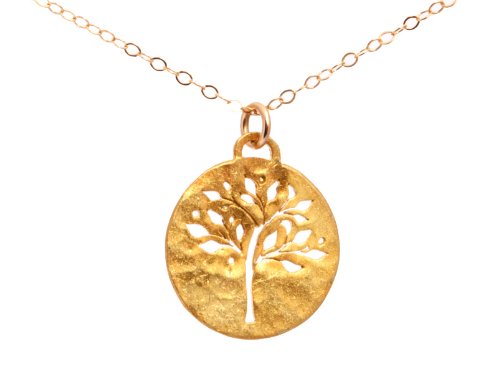What Does White Gold Contain?
The white gold used in jewelry is made by mixing gold with metals such as zinc, palladium, silver, and nickel to create an alloy that is not only harder than pure gold but also much whiter.
The resulting material is still not purely white but has a yellowish hue, and this is why white gold is often covered with rhodium, which makes the surface of the alloy look shiny and improves its color.
What Does Karat Mean in White Gold Jewelry?
The meaning of karat is the same regardless of whether it pertains to white gold or yellow gold.
The karat of an alloy indicates in what proportion pure gold is mixed with the “filler” metals in it.
1 karat denotes gold content of 1/24th (or about 4.17%), so white gold that is 20 karats, for example, will contain about 83.3% pure gold.
How 10-Karat, 14-Karat, and 18-Karat White Gold Differ
Purity
As you can see from their karat numbers, 10-karat, 14-karat, and 18-karat white gold differ from each other with respect to how much gold they contain:
- 10K white gold has the lowest purity and contains about 41.7% gold (10/24ths).
- 14K white gold is purer – 58.3% of this alloy consists of gold.
- 18K white gold has the highest purity – 75% of it, or 3/4ths, is pure gold.
All these numbers are interesting, but how are they relevant to your decision regarding what karat jewelry to buy? Let’s take a closer look at the hardness and price of these types of white gold.
Hardness
One of the consequences of the differences in purity between 10K, 14K, and 18K white gold is that they differ in how hard they are.
In general, the more gold an alloy contains, the softer it is, and vice versa – lower-purity alloys are harder for the same reason.
As you can see, 10-karat white gold is the hardest of the three alloys since it contains the least gold. This makes it a good choice for jewelry that you will wear often.
For example, ring prongs made of 10K white gold will wear out more slowly and bend less easily than those made of a higher-karat alloy.
14K white gold is softer than 10K gold, and 18K white gold is the softest of the three. As a result, jewelry made with 14K and 18K gold will be more malleable and easier to bend.
Such pieces require greater care when handled and worn compared with 10K white gold jewelry.
Note: You should keep in mind that while white gold of different karats differs with respect to durability, the variation is not as pronounced as in yellow gold. The reason is that the rhodium plating on white gold protects to a certain extent the underlying alloy from scratches, so even high-karat white gold does not wear out as easily as yellow gold of the same purity.
Price
As you would expect, the price of white gold varies depending on how pure it is. Generally, the more gold a piece of jewelry contains, the more expensive it is.
14K and 18K are popular karats for diamond jewelry. For example, these diamond rings come in 14K and 18K yellow or white gold, as well as in platinum (note that 10K gold is usually not offered for such jewelry).
10K white gold is the cheapest when compared with 14K and 18K gold. Although it is not as pure, 10-karat white gold can be a solid choice because it is not only relatively cheap but also more durable.
18K white gold is the most expensive compared with 10K and 14K gold. Despite its softness, you may prefer it if you are allergic to nickel – lower-karat jewelry is more likely to cause an allergic reaction because of the lower gold purity.
It is true that the rhodium plating will keep your skin from coming into contact with the gold alloy underneath, but when the top layer wears out, the material below will be exposed.
(Allergy problems could be avoided altogether if you buy nickel-free jewelry.)
Where to Buy White Gold?
For white gold jewelry with diamonds, emeralds, rubies, or sapphires, we recommend James Allen (read review) because you can take a 360-degree look at any stone before buying it.
Blue Nile is another reputable diamond retailer we recommend.















